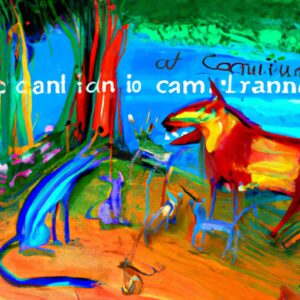What do sia and né mean in Italian?
Sia and né are two very useful and relatively common Italian words.
Sia… sia corresponds to both… and…, while né… né… can be translated with neither… nor… for a negative tone or with either… or… for an affirmative one in English. In Italian is always used in negative sentences.
From a grammatical point of view, both sia and né are connectives, which is a class of words that link clauses and sentences in order to link thoughts and ideas.
Connectives are very important to master in order to develop language skills and fluency because native speakers tend not to speak in single isolated clauses but to link clauses together.
Sia and né are a kind of connective called correlative conjunctions. They are always used in pairs and work together to relate one sentence element to another.
The two-sentence elements linked by correlative conjunctions must carry equal weight in the sentence and must be of the same grammatical nature. For example, two nouns, two adjectives, two verbs, etc.
How to use sia?
Sia… sia… are used to express two things that are both good options.
Let’s take a look at some examples.
- Linking two nouns:
Mi piacciono sia i gatti sia i cani.
I like both cats and dogs.
- Linking two nouns introduced by a preposition:
Questo sito è navigabile sia su computer sia su smartphone.
This website can be browsed both on a computer and on a smartphone.
-
Linking two pronouns:
Marco e Lucia sono una bella coppia. Ho conosciuto sia lui sia lei quando andavo all’università.
Marco and Lucia are a great couple. I met both him and her when I was in university.
- Linking two adjectives:
Claudia è sia intelligence sia simpatica.
Claudia is both smart and funny.
- Linking two verbs:
Luigi ama sia dipingere sia scolpire, è un grande artista!
Luigi loves both paining and sculpting, he is a great artist!
How to use né?
Né… né… are used to express that two things are both not a good option.
Let’s take a look at some examples.
- Linking two nouns:
Non posso mangiare né pesce né frutti di mare, sono allergico.
I can’t eat either fish or seafood, I’m allergic to it.
- Linking two nouns introduced by a preposition:
Mia sorella non ha parlato né con mia madre né con mio padre prima di prendere questa decisione.
My sister spoke neither with my mother nor my father before making this decision.
-
Linking two pronouns:
Non ho visto né lui né lei alla festa.
I saw neither her nor him at the party.
- Linking two adjectives:
Questo film non è né bello né interessante.
This movie is neither enjoyable nor interesting.
- Linking two verbs:
Carlo è molto pigro, non vuole né lavorare né studiare.
Carlo is very lazy, he does not want to either work or study.










5 Responses
Entrambi and tutto e due also mean both.
Is ‘entrambi i gatti e i cani’ the equivalent of ‘sia i gatti, sia i cani’ ?
Grazie
Ciao Donald!
Entrambi and sia…sia can be used for saying “both” but it is fundamental to remember that while the first one is an adjective, the second one is a correlative conjunction that always must be used paired.
Let me know if I’ve answered your question or if you have any other doubts regarding this grammar note.
“Claudia è sia intelligence sia simpatica.”
Why intelligence instead of intelligente?
C”è una differenza tra sia…sia e sia…che?
Sia.. sia e sia che… sia che sono uguali?
Sono uguali. 🙂